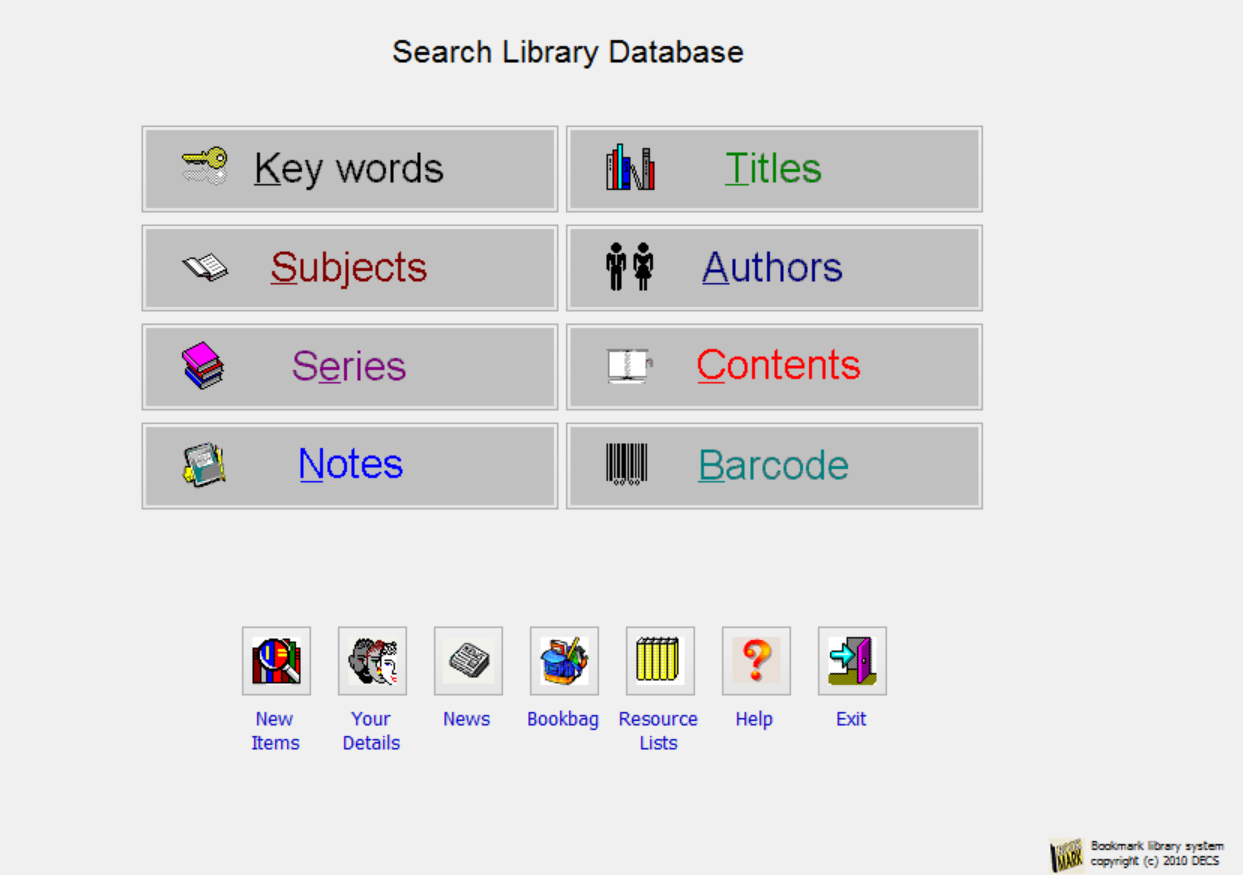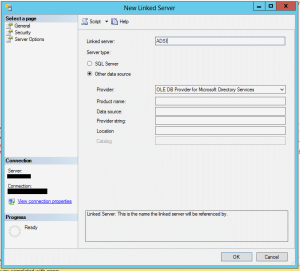Introduction:
In the realm of software development, ensuring the security of applications is as crucial as their functionality, especially when dealing with database operations. SQL injection, a prevalent and dangerous form of attack, can jeopardise data integrity and security. Delphi developers, renowned for crafting robust Windows applications, must be particularly vigilant against such vulnerabilities. This blog post delves into the best practices for preventing SQL injection attacks in Delphi applications, ensuring your data remains secure and your applications unbreachable.
Understanding SQL Injection:
SQL Injection is a type of attack that exploits vulnerabilities in the database layer of an application. Attackers manipulate SQL queries by injecting malicious code, often through input fields, to gain unauthorised access to or manipulate data. This can lead to data theft, corruption, or even loss.
Why Delphi Developers Should Be Concerned:
Delphi, known for its rapid application development capabilities, is widely used for building database-driven applications. While Delphi itself is a robust language, the security of an application largely depends on how the developer handles database interactions.
Best Practices for Preventing SQL Injection in Delphi:
- Use Parameterized Queries: The most effective way to prevent SQL injection is by using parameterised queries. Delphi’s database frameworks, like FireDAC or dbExpress, support this feature. Instead of concatenating user inputs directly into SQL statements, use parameters. This approach ensures that the database treats user inputs as data, not as part of the SQL command.
var Query: TFDQuery; begin Query := TFDQuery.Create(nil); try Query.Connection := YourConnectionObject; Query.SQL.Text := 'SELECT * FROM users WHERE username = :username AND password = :password'; Query.ParamByName('username').AsString := UserInputUsername; Query.ParamByName('password').AsString := UserInputPassword; Query.Open; // Process the results finally Query.Free; end; end; - Validate and Sanitise Input: Always validate user inputs on the client and server-side. Use regular expressions or built-in Delphi functions to ensure that inputs match the expected format. Sanitise the inputs by removing or encoding potentially harmful characters.
- Limit Database Privileges: Ensure that the database user connected to your Delphi application has limited privileges. Only grant permissions that are absolutely necessary for the application’s functionality.
- Use Stored Procedures: Whenever possible, use stored procedures instead of dynamic SQL. Stored procedures can encapsulate the SQL logic and provide an additional layer of abstraction, which helps in safeguarding against injection attacks.
- Regularly Update and Patch: Keep your Delphi environment, database server, and other related components up to date with the latest patches and updates. Security vulnerabilities are often addressed in these updates.
- Use TFDSecurityOptions in Delphi 12 : The latest version of Delphi includes options to restrict what commands are valid in the SQL query.
Conclusion:
In the fight against SQL injection, vigilance and best practices are your best allies. By employing parameterized queries, validating inputs, limiting database privileges, using stored procedures, and staying updated, you can significantly bolster the security of your Delphi applications. Remember, securing an application is an ongoing process, not a one-time setup. Stay informed, stay secure!
Further Resources:
For those looking to deepen their understanding and skills in Delphi and database security, consider the following resources:
- Embarcadero’s Official Documentation: Comprehensive guide on Delphi’s database frameworks.
- OWASP Guide to SQL Injection: Detailed information on SQL injection and prevention techniques.
- Delphi Forums and Communities: Engage with other Delphi developers to share knowledge and experiences.
- Online Security Courses: Many platforms offer courses specifically on SQL injection and database security.
Secure coding is not just a practice but a commitment to your application’s integrity and your users’ trust. Keep learning, keep coding, and keep your applications safe!
 The school I work for has a library system called
The school I work for has a library system called 


